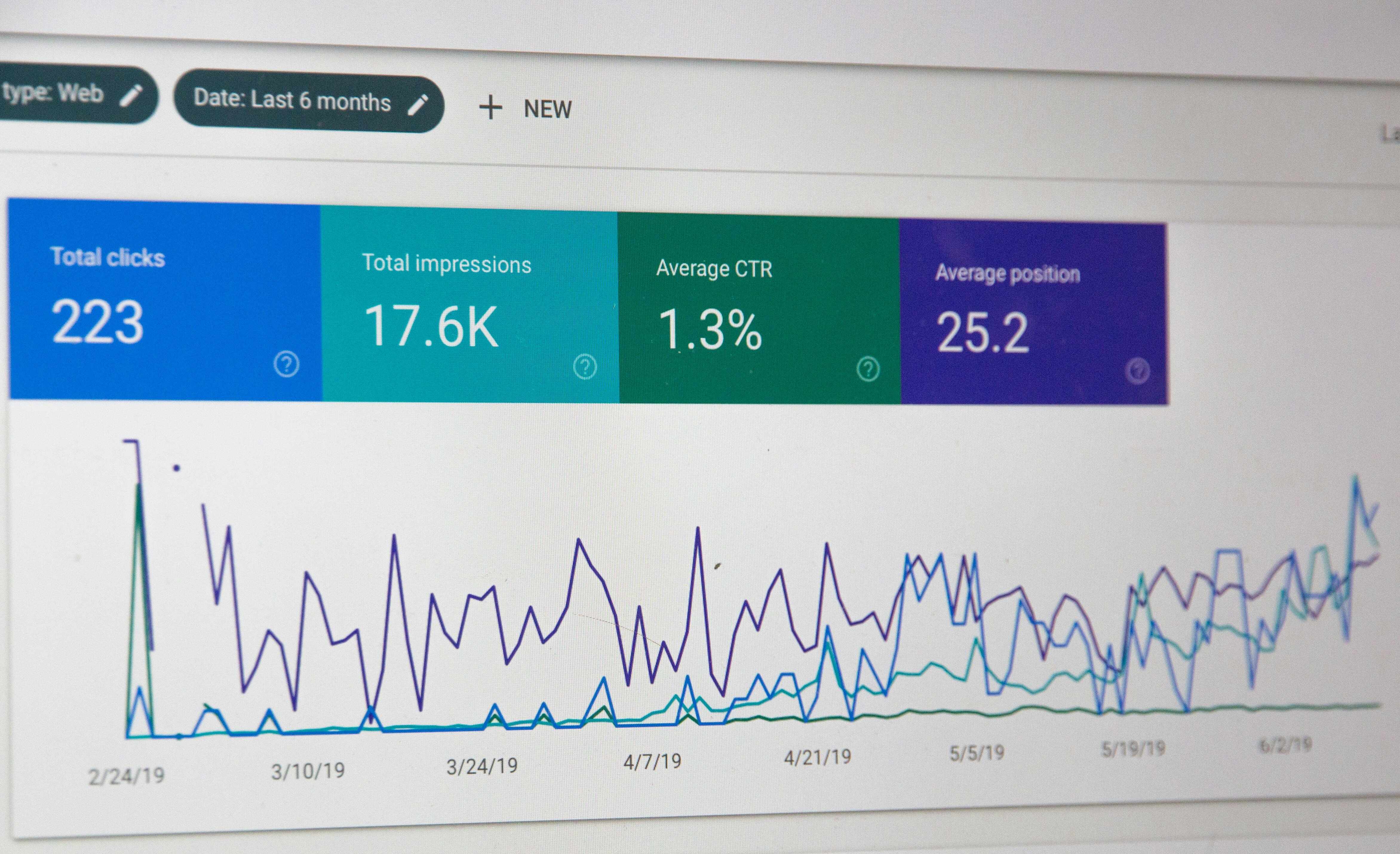How to Increase Passenger Load Factor with Customer Data
by Richard Jonkhof on 4.6.2024

PASSENGER LOAD FACTOR: YOUR AIRLINE’S MOST CRUCIAL KPI
Every flight your airline sends out costs money.
You’ve got to cover the cost of the aircraft, the fuel, staff salaries, maintenance, landing fees, and air traffic control. And then you’ve got to hope that enough seats are filled to earn back your flight investment, with enough on top so you’re not transporting people for free—or worse, at a cost.
You probably know better than most what a crucial KPI load factor is for the airline industry. Thankfully, average passenger load factor numbers (PLF) are back to pre-pandemic levels, with 82.3% in 2023 globally, reaching 94.1% of 2019 levels.
That shows a great recovery from 2020’s 65% PLF records. Even though different parts of the world opened up air travel at different times, you could say the last few years haven’t been too shabby for the airline industry!
While low-cost carriers have raised the bar by managing to consistently fly fuller planes, these are arguably the airlines who stand to lose the most if they don’t meet their PLF targets. That is, their lower ticket prices put them under more pressure to fill every seat possible or risk losing money on flights. Full-service airlines might have a bit more wiggle room in comparison, but that doesn’t mean they don’t want (or need) to increase their PLF where possible.
Things appear to be going well for airlines. Still, IATA’s Director General Willie Walsh remarks ‘’Airports are busier, hotel occupancy is rising, local economies are reviving, and the airline industry has moved into profitability. Margins are, however, wafer-thin. Airlines will make, on average, $2.25 per passenger..”.
Profit-making and maintaining satisfactory results in PLF in the airline industry remains a challenging business. That is especially valid when a new flight destination is launched. So how can you make sure your airline gets ahead when times are good? How can you simultaneously build a strategy that will guarantee a high PLF in the future, when the industry might be rockier?
PROVIDING THE PERFECT CUSTOMER JOURNEY FOR OPTIMAL SATISFACTION
If you want to get more people on your airplanes, you must have a deeper understanding of the individuals you’re trying to win over. You need to know what they want—preferably before they want it—and you need to know where they are in their customer journey so you can offer it to them at the right time.
The old-fashioned approach is to group your customers and prospects into general target segments and throw ads at them, hoping something will stick. The new approach is a 1-to-1 personalization of the whole customer experience, across marketing and service channels.
It is a no-brainer to make use of an agile customer data platform that will collect and unify every point of contact that customers will have with your brand.
This will enable you to build a full customer profile (or start building anonymous profiles of website visitors) and use this data to create relevant customer journeys. Incorporating intelligent personalization at every step and channel — whether that’s personalizing the website in real time, triggering an app push notification, an email, or scheduling retargeting ads - will guide your marketing efforts in a more meaningful direction.
No matter how often customers leave or come back, or how drastically their booking preferences vary from one day to the next, with the right customer journey orchestration technology by your side, you will customize every booking experience for each individual, rather than just an audience that resembles them.
Besides providing a smoother, more comfortable buying journey, you’ll also optimize your marketing approach and save money by rolling out highly targeted orchestrated campaigns.

HOW RELAY42 CAN HELP AIRLINES ACHIEVE THEIR PLF GOALS
The Relay42 customer data platform can guide you to build omnichannel customer journeys and offer truly personalized customer experiences.
When combined with a load factor feed of data, marketers can craft personalized offers for the right person at the right time. Airlines can then target customers who are most likely to book a flight, focusing on flights with a low passenger load factor.
For example, customers that show interest in a specific destination can be retargeted with offers in the chosen date range to the same destination, but emphasizing flights with a lower load factor to boost profitability on that route. This targeted approach can increase the likelihood that a customer will book the suggested flight, ultimately raising the load factor and profitability.
Here’s an example of a personalized customer journey with the goal of boosting the PLF:

You already have customer data and operational data monitoring the load factor of each plane — now it’s time to uncover the true potential of it.
Get inspired by KLM, Transavia, and AirFrance and understand how customer journey orchestration and real-time personalization work in real life.
Read more about elevating your airline’s marketing strategies to increase ancillary sales, acquire more customers, and boost brand loyalty via our e-book.
You May Also Like
These Related Stories

3 Powerful Use Cases to Restart Airline Digital Marketing

How to Increase Loyalty and Retention in the Airline Industry



